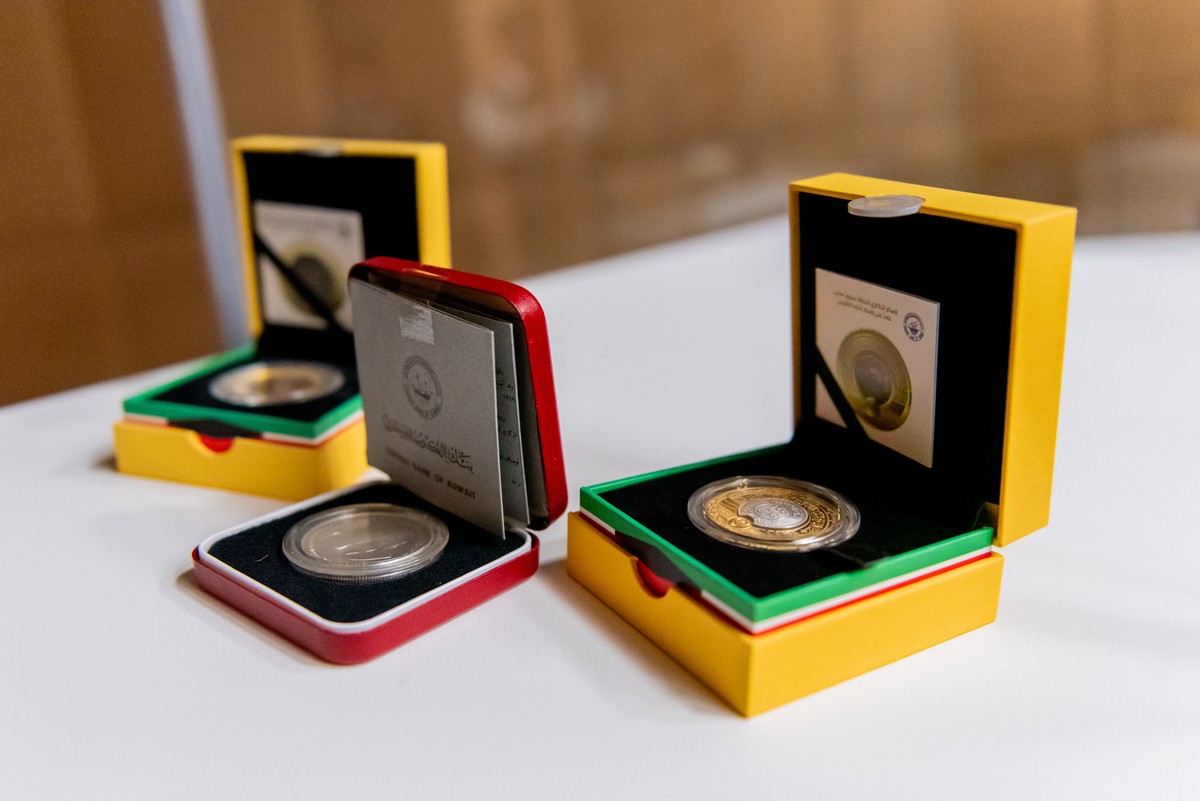05/11/2025
Kuwaiti Philatelic and Numismatic Society
05/11/2025

KUWAIT CITY, Nov 5: The Kuwaiti Philatelic and Numismatic Society held a lecture on Tuesday titled “The History of Coins in Kuwait,” offering an in-depth review of the evolution of coinage in the country and its major milestones throughout history.
During the lecture, the Society’s Secretary, Issa Dashti, said that among the oldest coins discovered in Kuwait is a Hellenistic coin unearthed on Failaka Island by a Danish archaeological mission in 1961 and again in 1984. The coin bore images of King Antiochus and Alexander the Great of Macedon.
Dashti explained that another early coin used in Kuwait was the “Tawila al-Hasa,” which circulated in the late 17th century in the Saudi city of Al-Ahsa. He added that Ottoman coins served as official currency in many countries until the end of World War I and were also used in Kuwait alongside other foreign currencies.
He noted that Persian thalers were widely used during the reign of Sheikh Jaber bin Abdullah Al-Sabah, ruler of Kuwait, as well as Austrian thalers—known locally as “French thalers” or “dollars.” Other coins traded in Kuwait included the Omani and Zanzibari baisa, which were primarily exchanged by money changers and traders dealing with Oman and Zanzibar.
Highlighting a pivotal moment in Kuwait’s monetary history, Dashti said that the fifth ruler of Kuwait, Sheikh Abdullah bin Sabah Al-Sabah, took a bold and visionary step to safeguard Kuwait’s independence by minting the first national currency. One side of the coin bore his signature, while the other read “Minted in Kuwait 1304 AH.” Named the “baisa,” it was equivalent to the copper coin then in circulation. Locally crafted by coppersmiths using hammers on red copper, these irregularly shaped coins varied in thickness and weight and circulated only briefly within Kuwait.
Dashti added that in 1912—known as “the year of abundance” due to the prosperity brought by the booming pearl trade—French gold sovereigns were used in Kuwait after a French ship from India purchased pearls with gold coins.
He further explained that coins issued by the English East India Company began circulating from 1775, when the company established an office in Kuwait, marking the start of Kuwaiti-British relations. Gold sovereigns were used for major transactions during the company’s operations, which ended in 1858 when minting responsibilities were transferred to the Government of India under British rule.
Dashti concluded that following Kuwait’s independence in 1961, the Indian rupee was replaced by the Kuwaiti currency, inscribed with “Emirate of Kuwait.” A year later, after the country’s name was changed to the “State of Kuwait,” the coin retained its present-day design.



